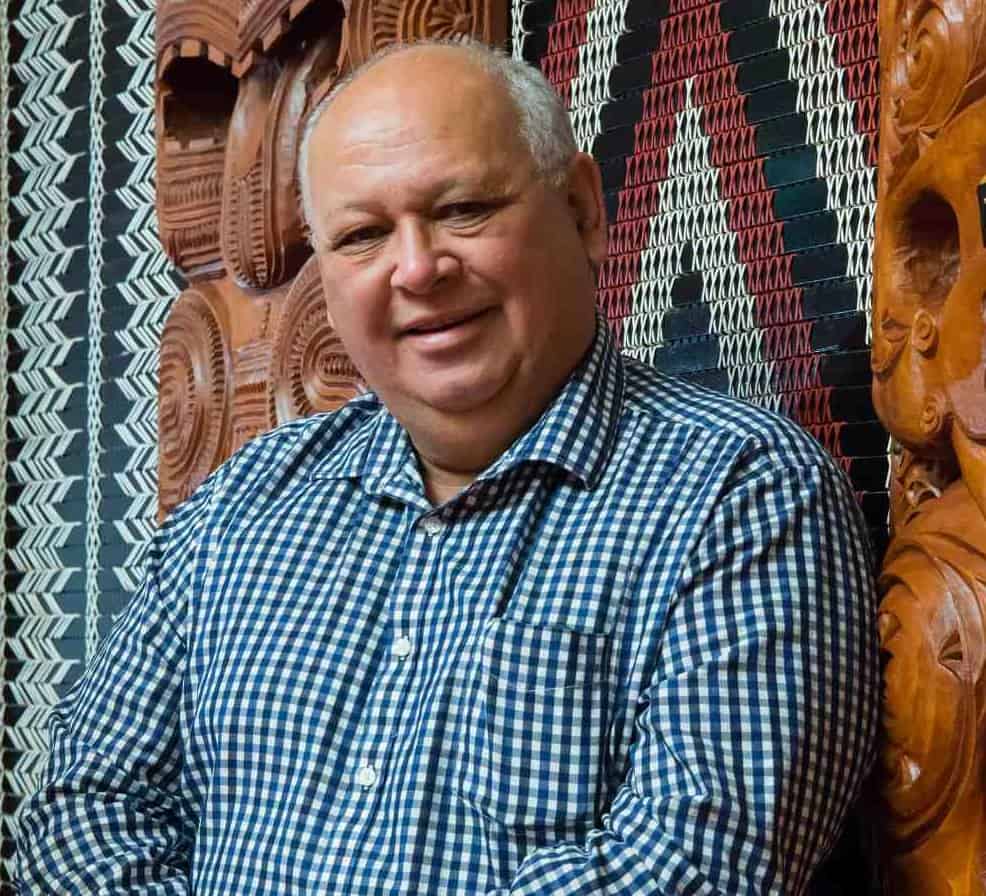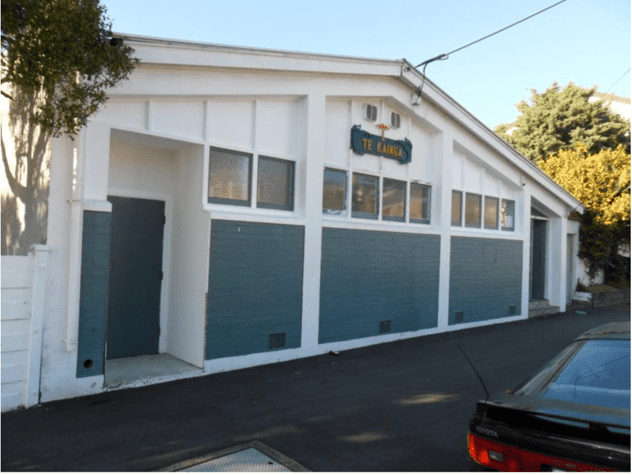By Jenny Stein
Amendments to the Building Act 2004, which came into effect on 1 July 2017, introduced the concept of ‘earthquake-prone buildings’ (EPBs). Defined as a building that achieves less than 34% of the New Building Standards (NBS), an EPB is estimated to pose a ten times greater risk to life in the event of a moderate earthquake than an equivalent new building on the same site.
At some point, EPBs will need to be upgraded or replaced, often at prohibitive expense.
With approximately 70% of Aotearoa New Zealand’s 1,300 marae expected to have buildings classified as ‘earthquake-prone’ over the next 20 years, “whānau-isation”—the pooling of resources to take a hands-on, community-driven approach—could enable many to cost-effectively upgrade their buildings for safe and continued use.

While some of the approximately 70% marae that were built before 1976 and the modern Building Code may exceed the 34% NBS threshold, this cannot be determined without a structural engineer’s report. The high cost of getting such reports means many marae may not meet the 7 to 25 year deadline for seismic assessment prescribed by the Act, and so will have their pre-1976 buildings designated ‘earthquake-prone’ by default.
This is a problem that Prof Regan Potangaroa (Ngāti Kahungunu) of Massey University is trying to solve.
“They’ve got to pay $5,000 to $10,000 for each engineering report, for each individual marae,” Regan explains. “So why don’t we just do a class action?”
As part of the Resilience Challenge’s kaupapa Māori workstream Whanake te Kura i Tawhiti Nui, Regan is working on a pilot project with three marae in Hastings, Masterton and Wellington.
Most marae have very similar buildings, so Regan suggests the same engineer(s) adopt a standardised report they can adapt to assess multiple marae, to maximise efficiency and minimise costs. This would also ensure consistency and help solve a problem some post-1976 marae buildings have with multiple, conflicting reports.
“Some buildings here in Wellington have got four engineering reports on them, and all of them disagree. So, what’s a building owner supposed to do?” Regan asks, reflecting on other work he is currently involved in.
Having established a definitive report, the next step for an EPB is to decide whether it should be upgraded or replaced. Given the significant expense involved in either option, many marae may face the undesirable prospect of moving. This comes with high costs of its own, particularly in terms of people’s loss of attachment to place, which can be very strong, even for marae occupying non-traditional structures.
“We’ve got building attachment, regardless of it being an ex-RSA building,” Regan says of Te Kainga Marae in Wellington, one of four marae involved in the pilot project.

Regan is investigating attachment by 3D-scanning marae and letting community members explore the resulting simulations using virtual reality headsets. People move around inside the real buildings whilst seeing the virtual building using the headsets. By tracking people’s movements and responses to the differences in what they see and feel, Regan identifies hot spots and cold spots of activity he can use to quantify people’s attachment to different spaces.
“There’s a whole lot of interesting stuff that’s coming out of it,” he says. “It’s stuff that we wouldn’t get from interviews.”
Unfortunately, attachment doesn’t translate into the ability to pay for seismic upgrades, and having a designated EPB certainly doesn’t help.
“If that building happens to be the toilet block, or the kitchen, or—God forbid—the main wharenui, it’s shutdown time, and the problem with shutting down the kitchen and the toilet block is then the income is stopped for the marae.”
This leaves marae caught in the catch-22 situation of having no income to pay for the required upgrades, and is where Regan’s concept of “whānau-isation” comes in. He demonstrates using a building that needs more piles installed, as an example:
“We can put in four 200mm piles rather than one 800mm one. For 800mm you need a special machine. But putting in 200mm diameter piles, which we can get from Bunnings, and hiring a drill from Hirepool, we can drill holes and put piles in ourselves, using our own forces.”
Finding practical solutions that will achieve the necessary results without needing specialist personnel and equipment is something Regan has a lot of experience in, having been involved in the response to several humanitarian crises around the world.
“What we find as humanitarians is that we get given this solution and we have to find workarounds because it’s not contextually possible. That’s what I mean when I talk about “whānau-isation”. It’s trying to break it up into things that our own forces can do.”




